Winter White Hamsters: A Complete Guide
Winter White dwarf hamsters (Phodopus sungorus) are small, energetic dwarf hamsters commonly kept as pets; in the wild they can change their dark coat to white in winter in response to shorter daylight, but this rarely happens for indoor pets. This guide gives practical, vet-backed care steps (housing, diet, health signs and social guidance) so your Winter White lives as long and healthy as possible.
This extensive guide covers everything you must understand about caring for your Winter White hamsters, from their eye-catching coat changes to building the ideal habitat.
The Attractive Winter White Dwarf Hamsters
Winter white dwarf hamsters are native to Russia and belong to the Cricetidae family. They are also named Roborovski Dwarf Hamsters. Sleek and elegant, with a striking white fur coat and wide black eyes, they stand out among all the species of hamsters, even though they are the smallest.
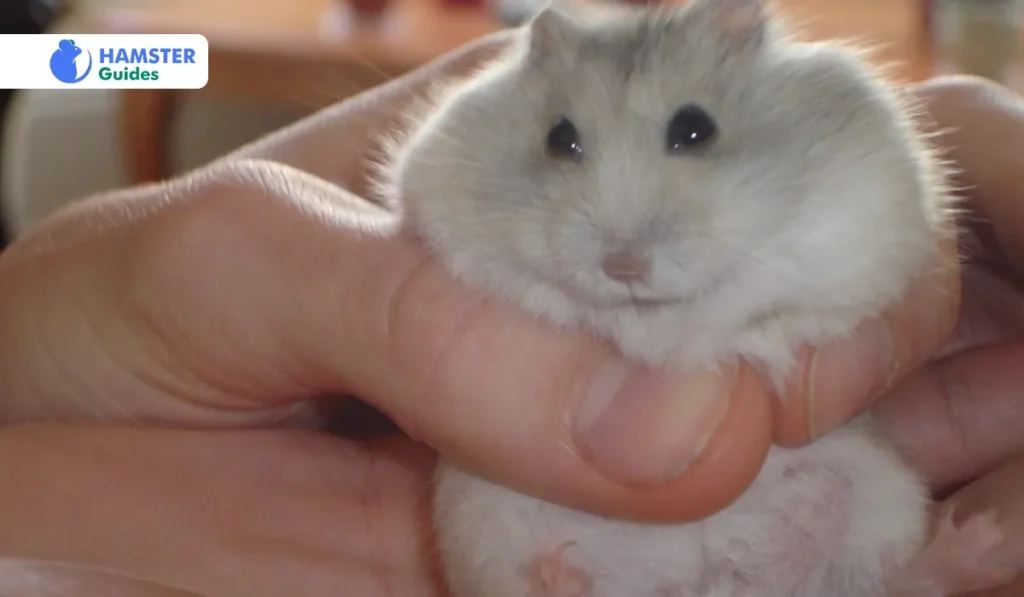
These little hamsters are from the deserts of Central Asia. They got their name after the chilly winter months during which they were most active.
Characteristics Of Winter White Dwarf Hamsters

Winter white dwarf hammies are adorable rodents. Their unique characteristics differentiate them from other breeds of hamsters, and they also attract humans. Here, we will delve into the characteristics of White dwarf hamsters:
| Characteristics | Description |
| Scientific Name | Phodopus sungorus |
| Other Names of Dwarf hamster | Siberian Hamster, Russian Hamster, Djungarian Hamster |
| Size | Approximately 3 inches in length |
| Lifespan | 1-2.5 years |
| Coat Color | Greyish brown with a distinctive stripe down the back; turns white in winter. |
| Personality | Social, curious, and playful hamsters. |
| Socialisation | Enjoys interaction with humans. |
| Housing | Hamsters prefer burrowing, requiring a cage with at least 450 square inches of unbroken ground. |
| Diet | Fresh vegetables and occasional treats are supplemented with hamster food. |
A Glance At The Wild Side: History And Winter Survival
Winter white dwarf hamsters are commonly found across the native habitats and deserts of Siberia and Mongolia. They live through severe winters where the mercury drops below freezing. Winter white hammies have developed thick fur coats that help insulate them from the cold to survive in such cold environments.
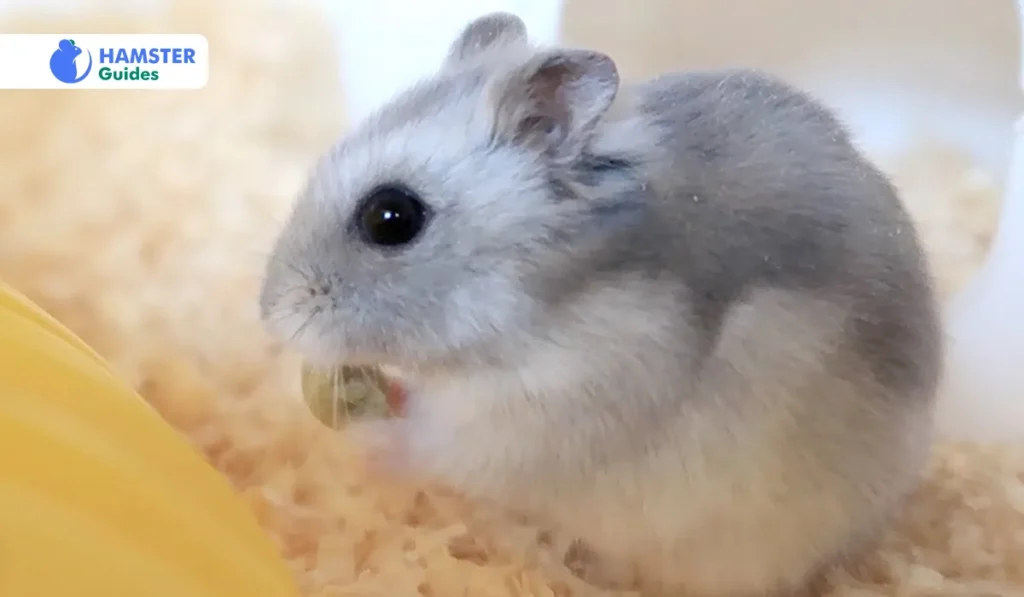
They are of fantastic quality; they can blend with their surroundings and evade predators. In summer, their fur changes color to greyish-brown and in winter,
It is snowy white.
Winter whites are well-adapted to severe winters, as they are native to semi-arid regions of Kazakhstan, Manchuria, and Mongolia. Their extensive burrowing allows them to create tunnels and chambers for nesting and hibernating. In harsh wintery environments, their coat transformation is crucial for providing camouflage against predators.
Related Resource: Can Hamsters Have Walnuts?
Adaptations And Natural Environment
Native to different parts of Russia and Siberia, whiter white hamsters are also named Siberian hamsters. This cute creature has a unique way of adjusting to the cold. During winters, they can change their fur colour to white to better match their snowy surroundings, thus their name.
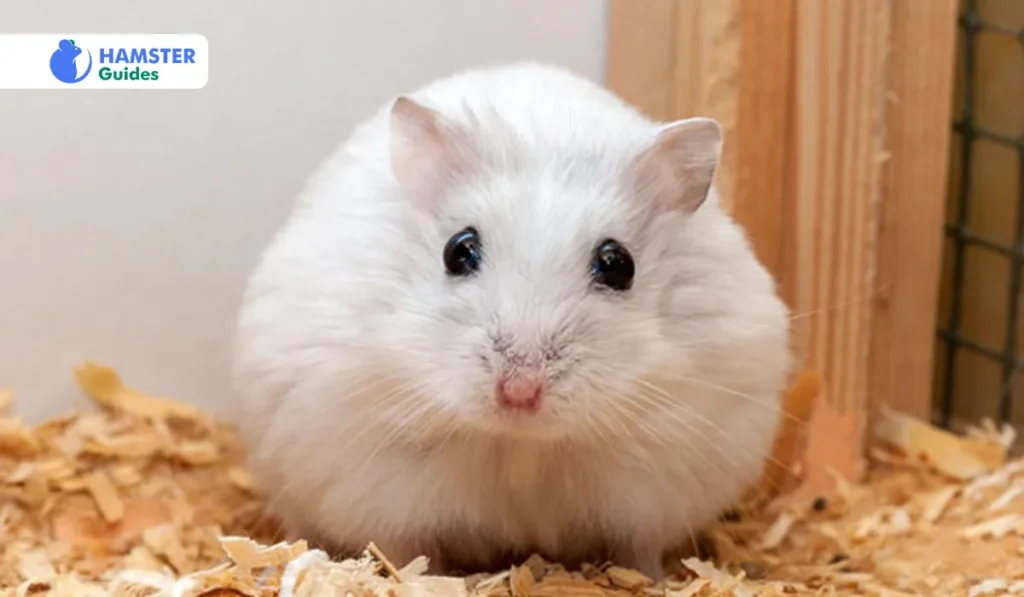
They are experts at surviving in hostile environments, thanks to their camouflage, since they can evade predators in the wild. They are famous for digging long tunnels to escape the severe winter temperatures and for shelter and protection.
Designed To Bear Severe Winters
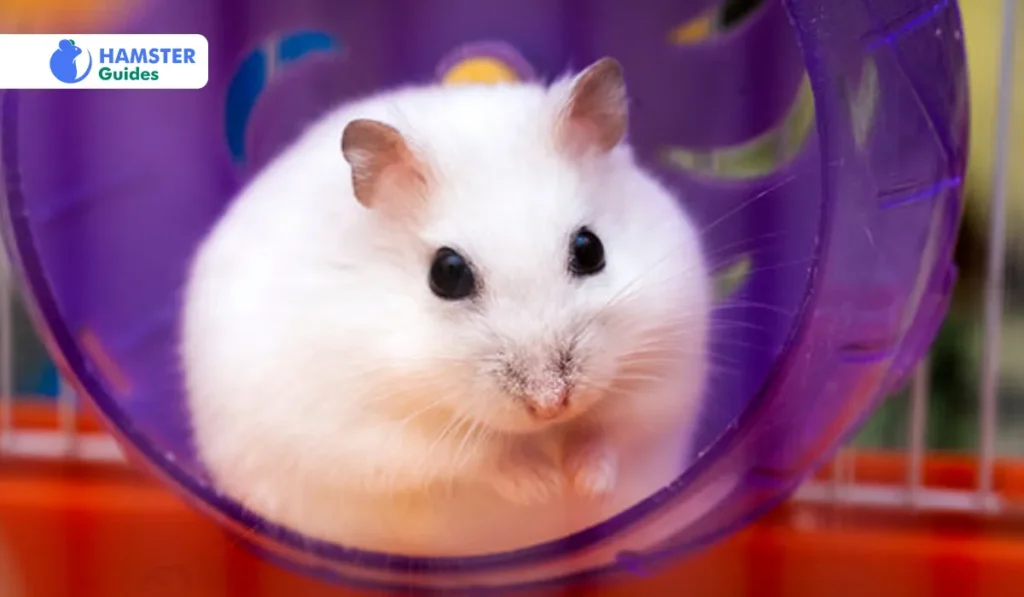
The home of winter white hamsters is the grasslands and deserts of Siberia and Mongolia. Winter is at its lowest in these areas, well below freezing. To endure these severe environments, Winter White Dwarf hamsters have numerous adaptations:
Dwarf Hamster’s Cost, Size And Lifespan
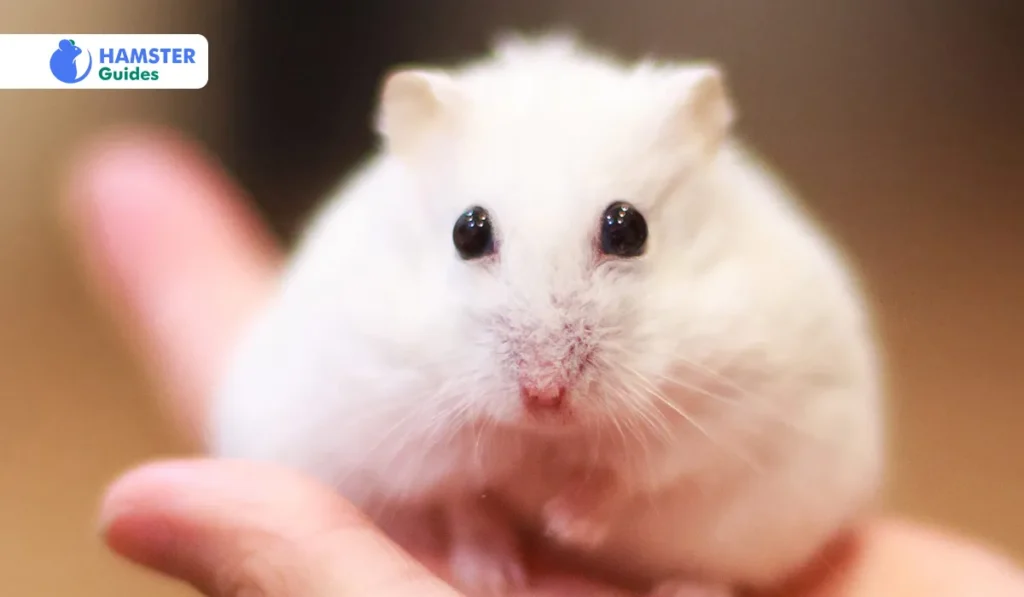
Winter white dwarf hamsters look very cute because of their color and appearance. Their color-changing quality makes them so attractive. Their lifespan is not too long. Here are the details of the winter white dwarf hamster’s price, size, and lifespan:
| Aspects | Details |
| Cost | Depending on location, lineage, and breeder reputation, they range from $10 to $30. |
| Size | They are approximately 3 to 4 inches in length. |
| Life Span | The life span of winter white dwarf hamsters is 1.5 to 2.5 years. |
Winter White Dwarf Hamster’s Diet
A diet rich in seeds, grains, fruits, and vegetables is essential for white dwarf hamsters. It is crucial to prevent sugary treats. Foods high in fat are health hazards; they can cause health-related problems like diabetes and obesity.

Since they have a high metabolism and can be dehydrated easily, fresh water should always be available to keep them hydrated all the time.
Related Resource: Can Hamsters Eat Melon?
Hibernation Habits Of Winter White Hamsters
Like other animals, winter white hamsters do not technically hibernate, as they are habituated to these cold climates. However, extreme cold conditions or lack of food lead them into a state of torpor.
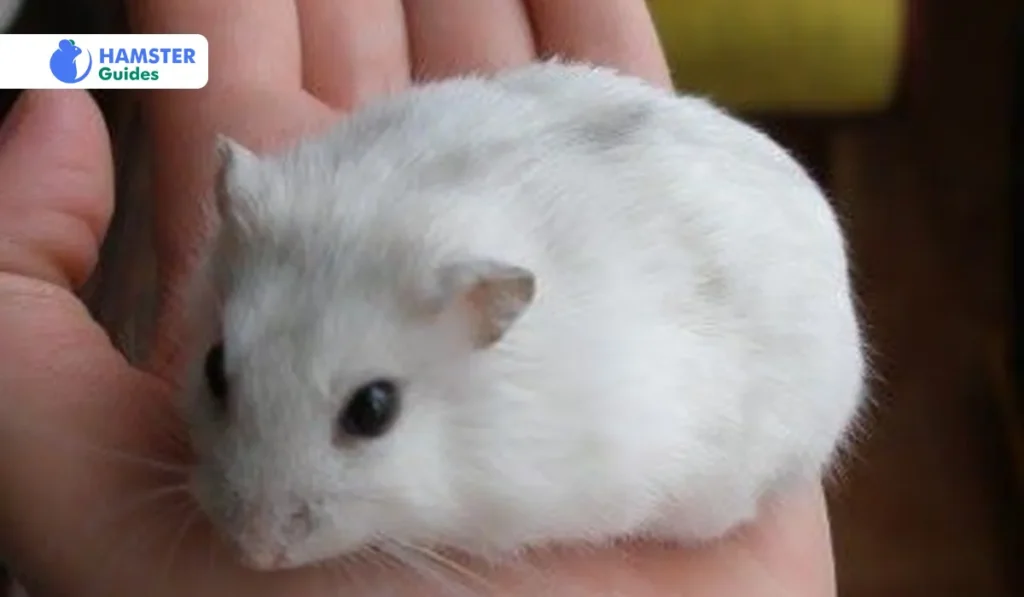
Their metabolic system slows down during torpor, enabling them to store energy until the conditions improve. In temperature-controlled environments, they are usually housed; however, this behavior is less noticeable.
Additional Information: Winter White dwarf hamsters are susceptible to severe cold weather. During winter, keep them in warm places away from drafts. For added warmth, ensure increased bedding and create a comfortable nest area during winter.
Unveiling The Adorable And Practicality Of Hamsters
Winter white hammies are small and have about 3 to 4 inches long bodies. Their stocky build characteristics include short legs, rounded ears, and a short tail.
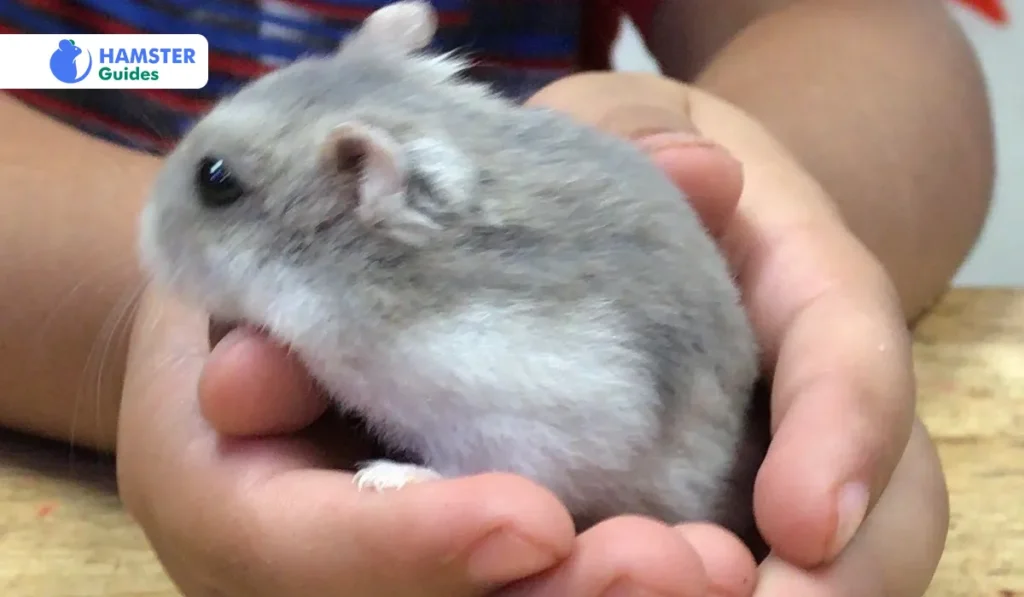
A closer look at the alluring characteristics of dwarf hamsters is as follows:
Change in Fur Color: One of their amazing characteristics is to change their fur color. In summer, their fur color is greyish-brown on the other hand, in winter, they change their color to snowy white to conceal themselves in snowy environments. This amazing adaptation, reflected in their name, helps them avoid predators.
Unique Stripe: These hamsters have unique stripes on their backs, which helps them blend in with their surroundings.
Shining Eyes and Hypersensitive Whiskers: Beady, blazing eyes project a curious and alert vibe. However, in low light, their hypersensitive whiskers play vital role in environmental navigation systems.
Extra Information: Stress levels in hamsters are reduced by the sense of security and isolation that tunnels and hideouts provide.
Social And Vibrant Behavior
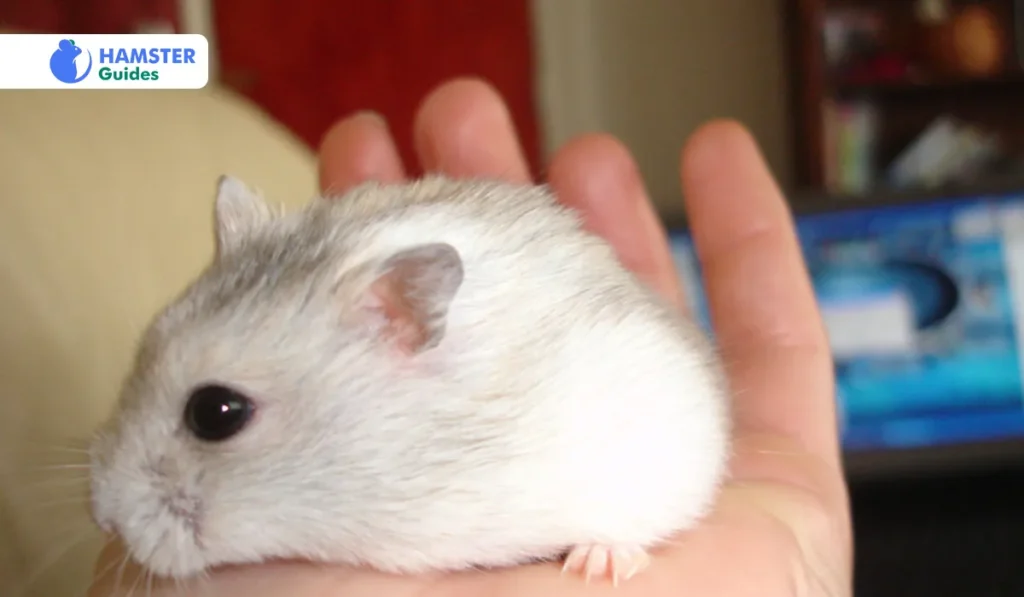
Surprisingly, social creatures, such as white dwarf hamsters, thrive around other members of their species. Here’s an insight into their social behavior:
Family Groups
They form large family groups that work together to build elaborate burrow systems. That characterized their interactions with humans. They form strong bonds with their owners when they regularly interact with and handle them.
Playful and Active
Winter white hamsters are active and energetic creatures. frequently spotted burrowing in their bedding or sprinting on their exercise wheels. They can easily climb a variety of obstacles with ease because of agility and dexterity.
Related Resource: Can Hamsters Eat Blueberries?
Interesting Trivia About White Dwarf Hamsters
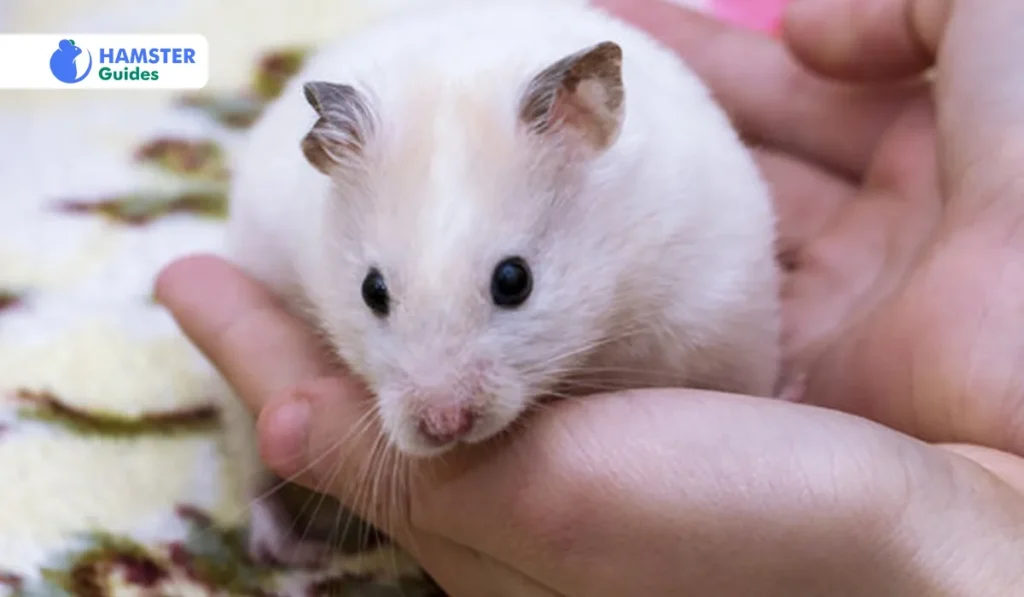
These fascinating creatures come with some unexpected quirks:
Experts in Camouflage: Their winter fur transformation is not guaranteed without exposure to shorter winter patterns.
Living in Big Family Groups: They exhibit their social nature, by living in large family groups.
Escape Artist: Prepare yourself for their amazing skills and cheek pouches!Experts in Burrowing: When establishing their habitat, it is significant to consider natural burrowing behavior.
The Winter White Dwarf Hamsters A Lifetime Pet
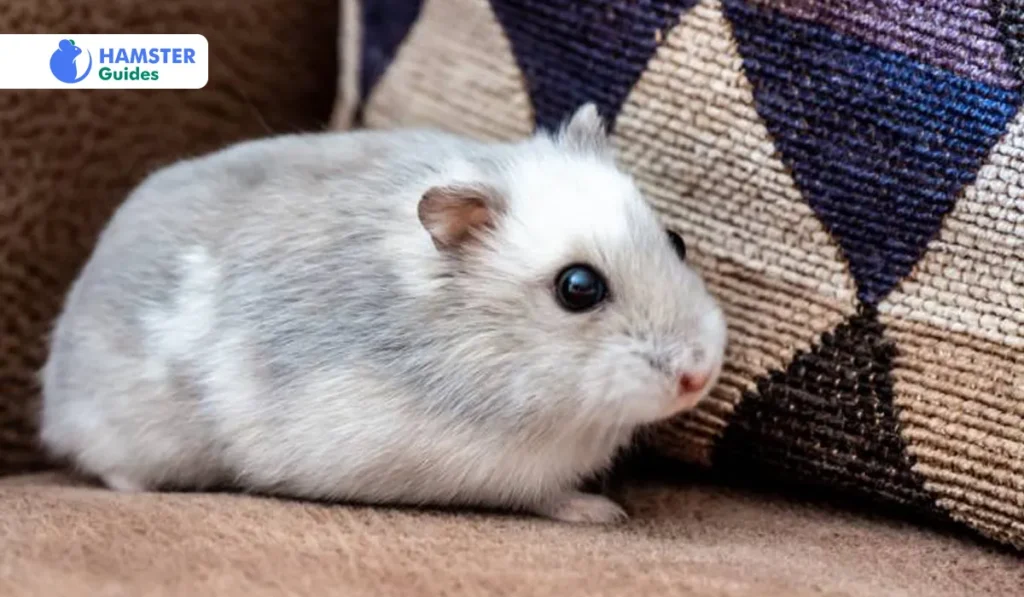
If you are thinking about housing a White Dwarf hamster, keep in mind that it requires lifetime care. These adorable little rodents have bursting personalities and can make your life joyful. Despite their small size, they have distinct needs, and it’s crucial to understand their needs.
Related Resource: Can Hamsters Eat Butter?
Care Requirements For Winter White Dwarf Hamsters
| Aspect | Care Requirements |
| Setup Of Cage | Provide a roomy cage for your furry friend, and add some toys, tunnels, and hideouts. |
| Bedding | Use soft and fluffy bedding that is about 4 inches deep. |
| Socialization | Supervise their interaction with other pets to foster trust and prevent aggressive behavior from your furry companion. |
| Exercise | Give them a wheel so they can run and lots of space so they can explore in a safe playpen. |
| Diet | Feed them high-quality hamster food, fresh vegetables, and treats; a balanced diet. |
| Health Examination | Plan for routine veterinary checkups and monitor them for any indication of illness or disease. |
Additional information: Try to recreate their natural environment when putting up an enclosure. For nesting and burrowing, provide plenty of deep bedding materials, such as paper-based bedding or aspen shavings.
Winter White Dwarf Hamsters Pet Considerations
It is necessary to provide your winter white dwarf hamster with the proper care it needs to stay healthy. Thus, this is a synopsis of what they require for their well-being.
Habitat: Try to imitate the natural habitat of dwarf hamsters. Make plenty of bedding material. Provide them with tunnels, an exercise wheel, and hiding places to keep them mentally and physically active.
Diet: A variety of fruits, seeds, vegetables, and grains should be included in the well-balanced diet of winter white dwarf hamsters. Avoid sugar-filled foods, as they pose health risks. All the time, they need fresh water to keep them hydrated.
Temperature: Winter white dwarf hamsters are not healthy in extremely low temperatures. In winter, keep them away from drafts in warm places.
The Final Words
For people who are seeking a little and comparatively low-maintenance companion, Winter White dwarf hamsters are excellent pets for them. Their colour-changing ability makes them unique. Any household can enjoy its lovely appearance and joyful nature. Your Winter White hamster will grow into a beloved member of your family if you give it the proper care and a suitable environment.
Related Questions









Leave a Reply